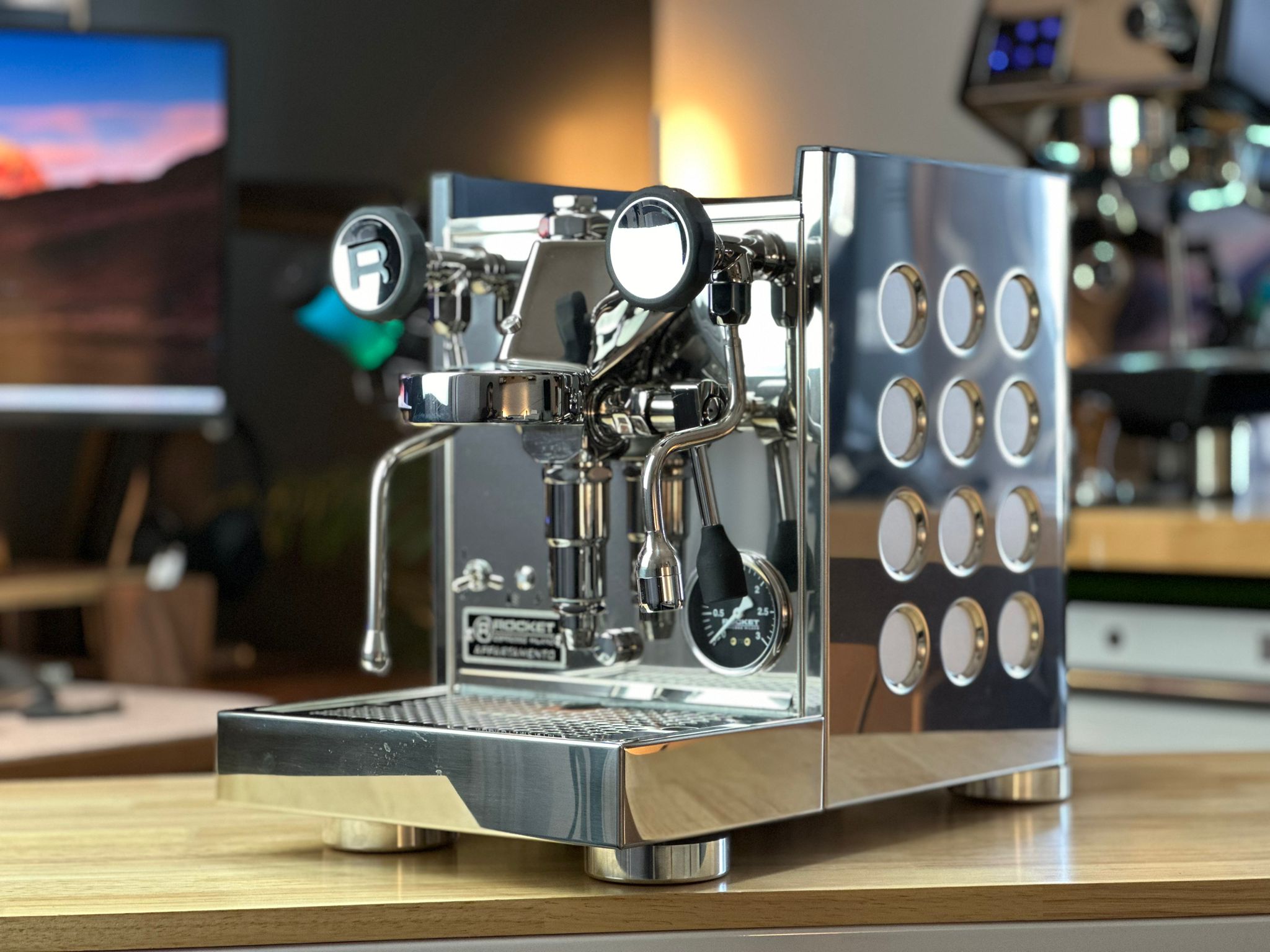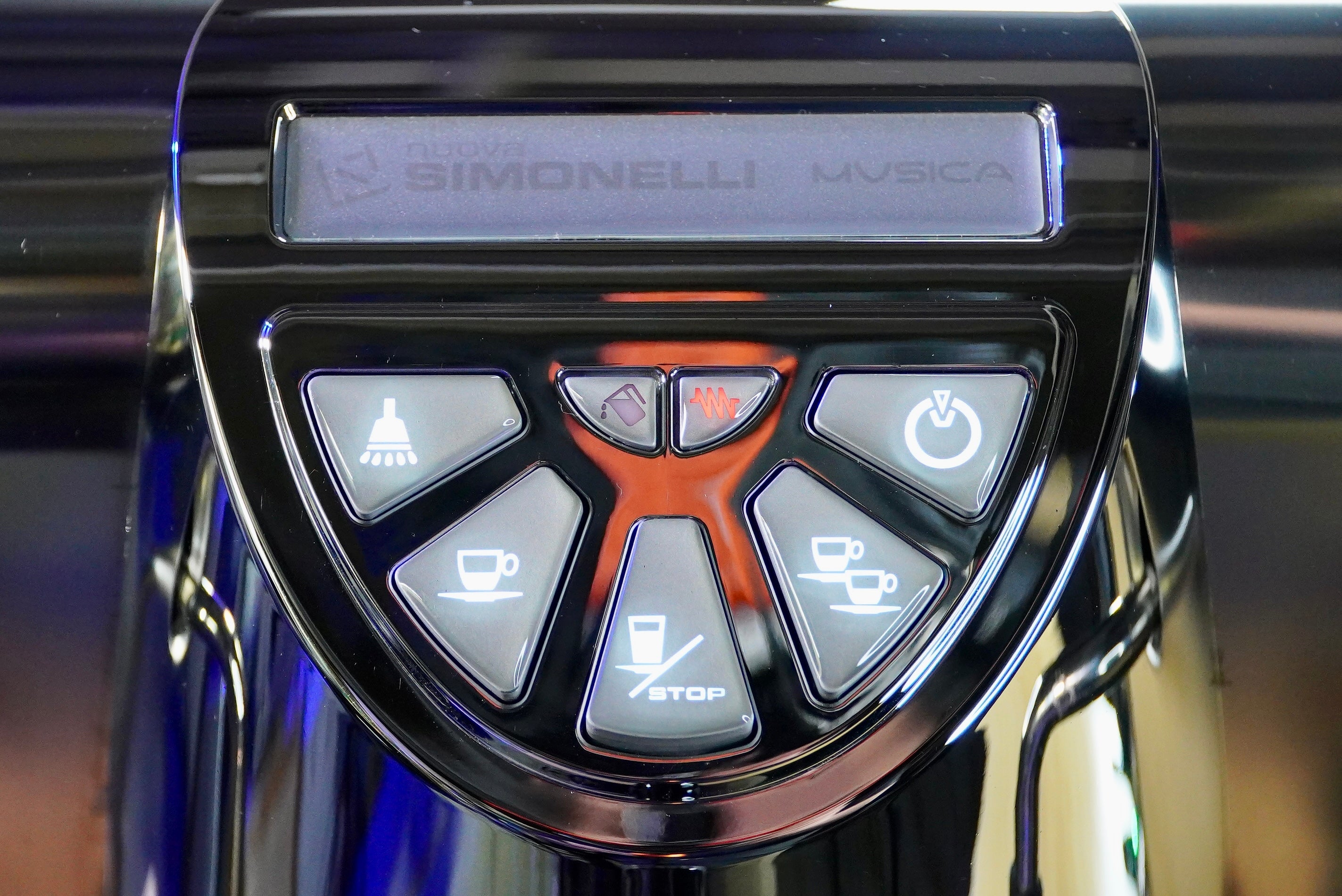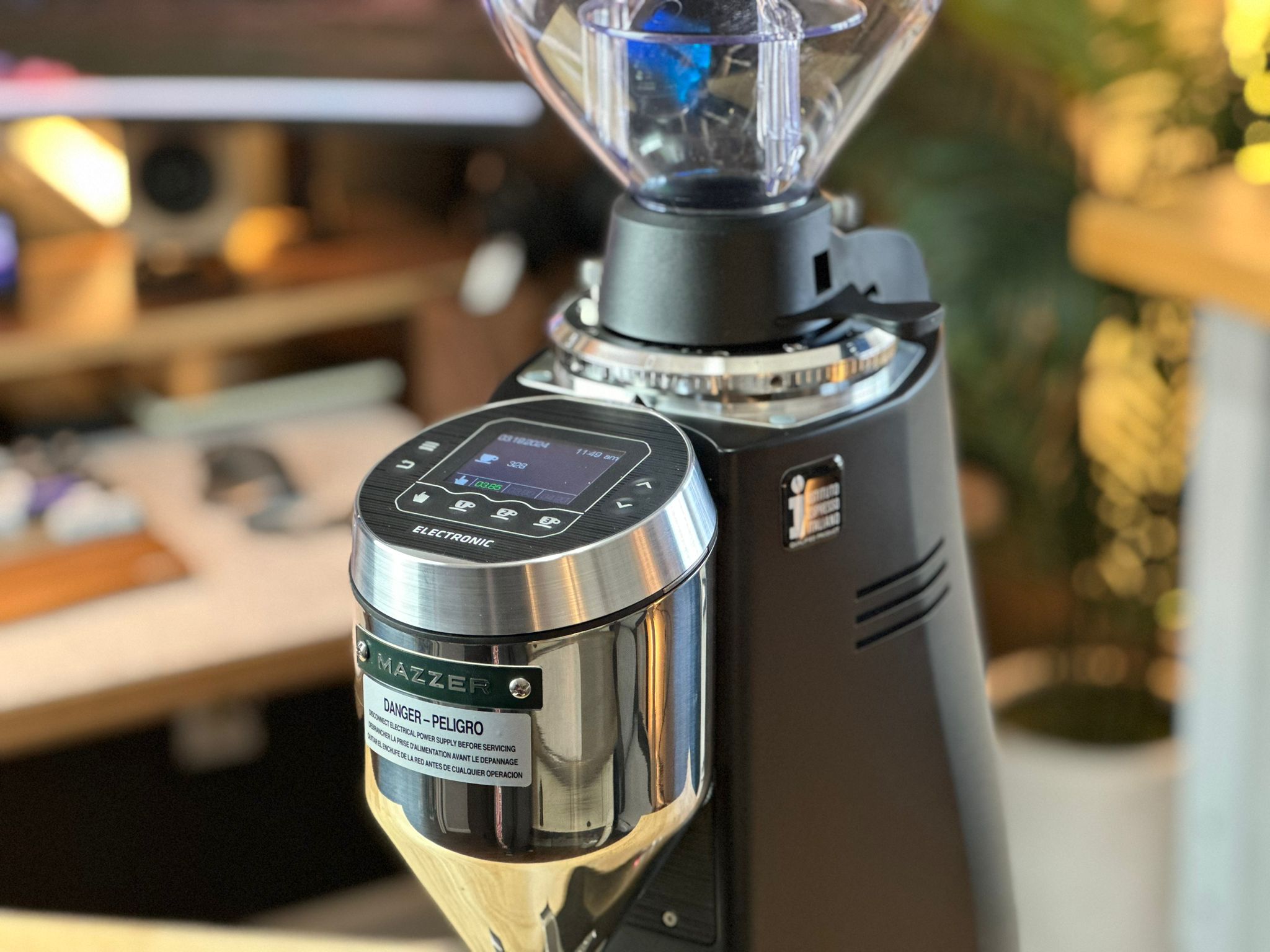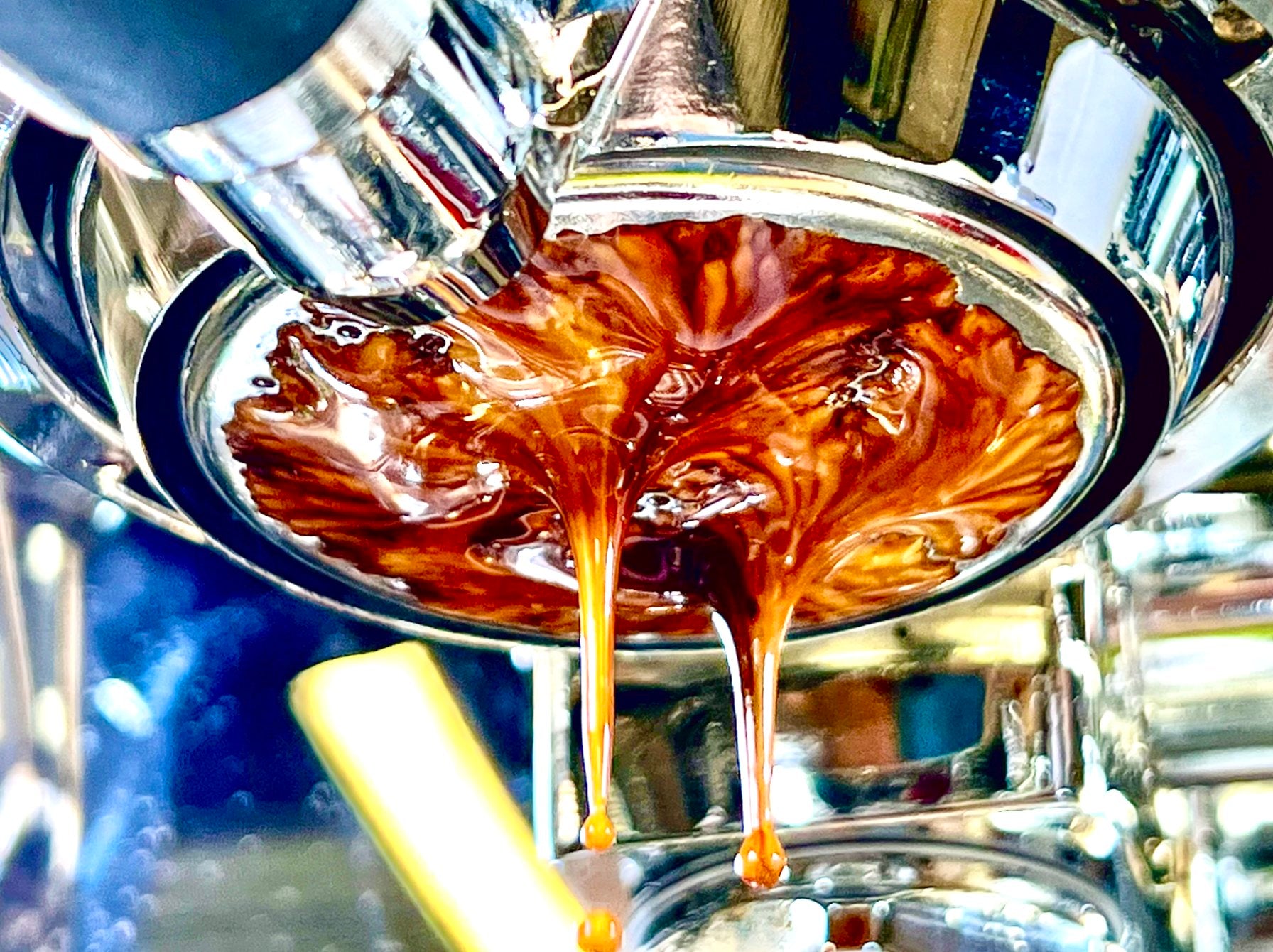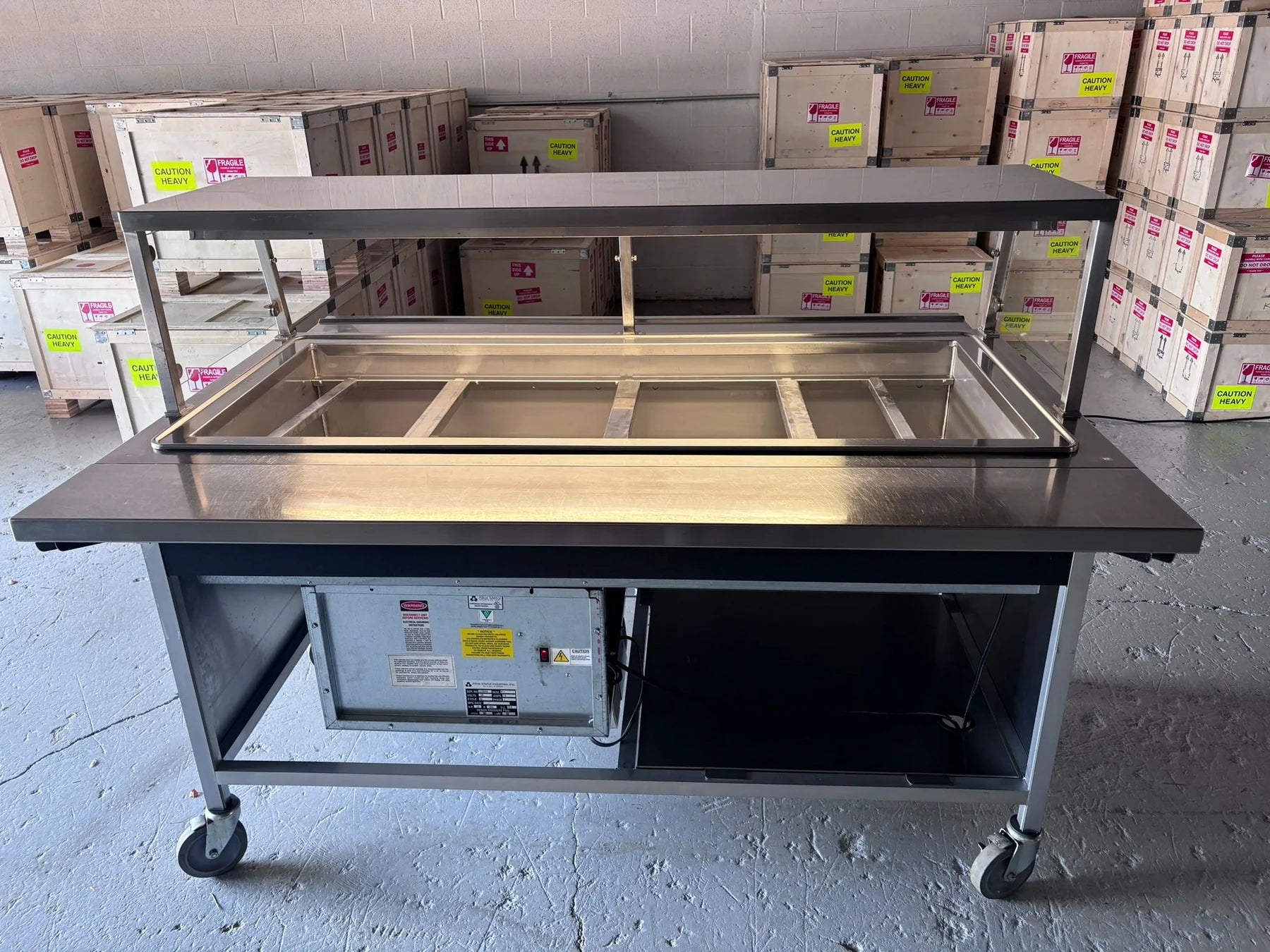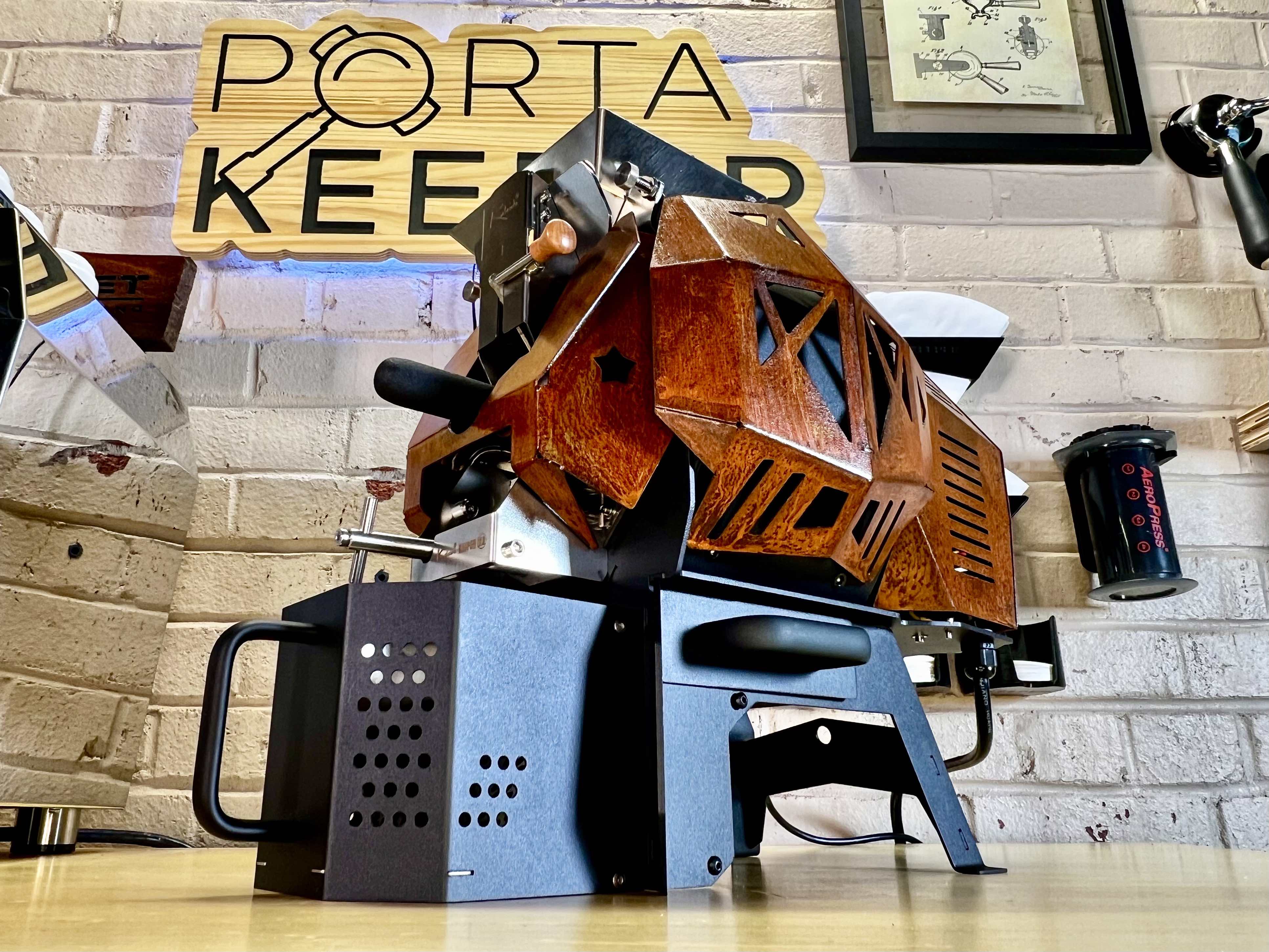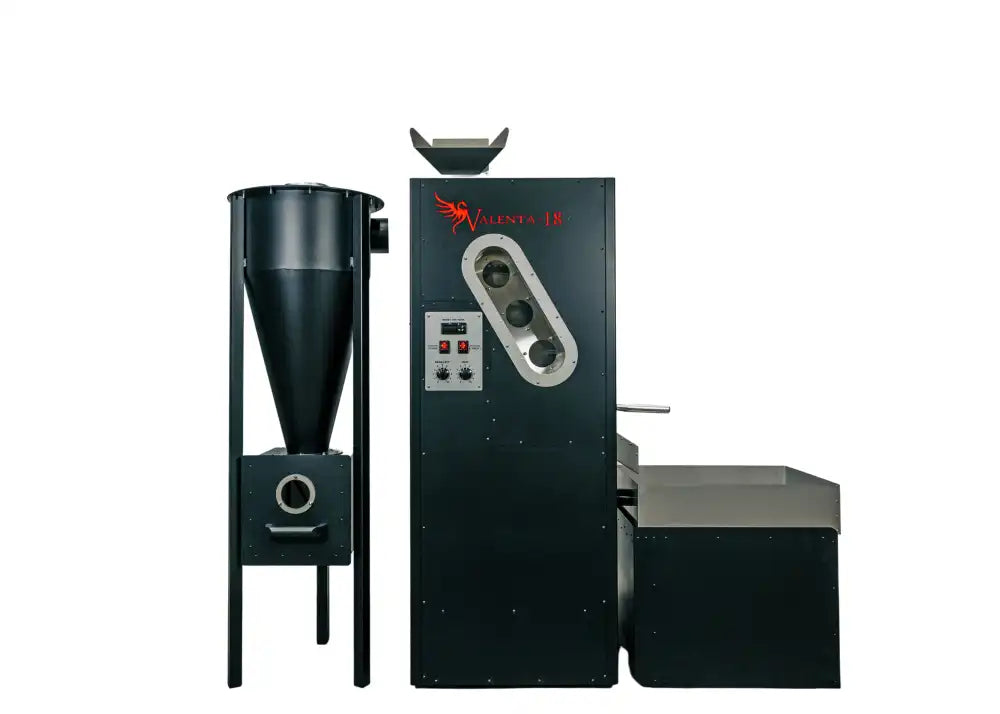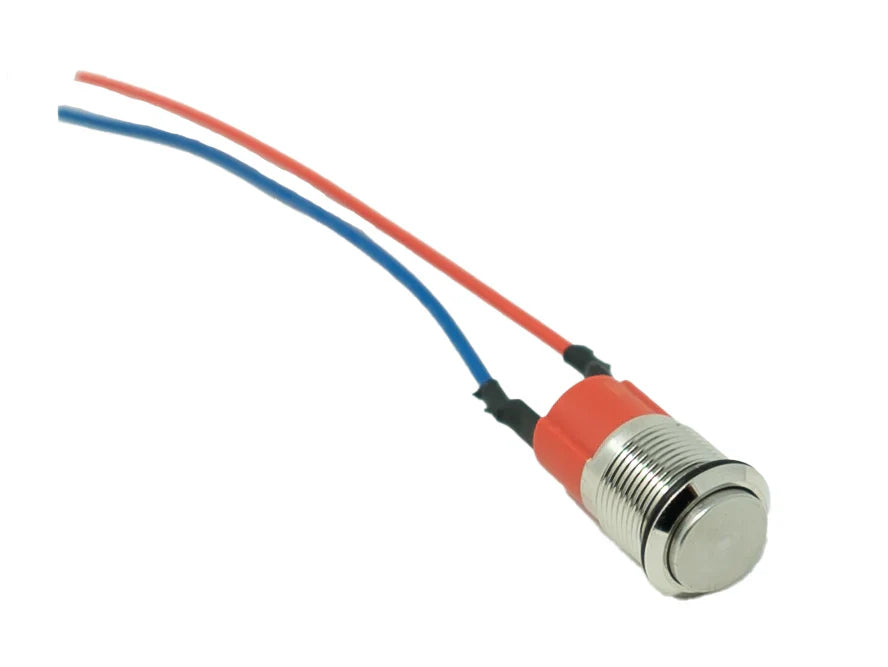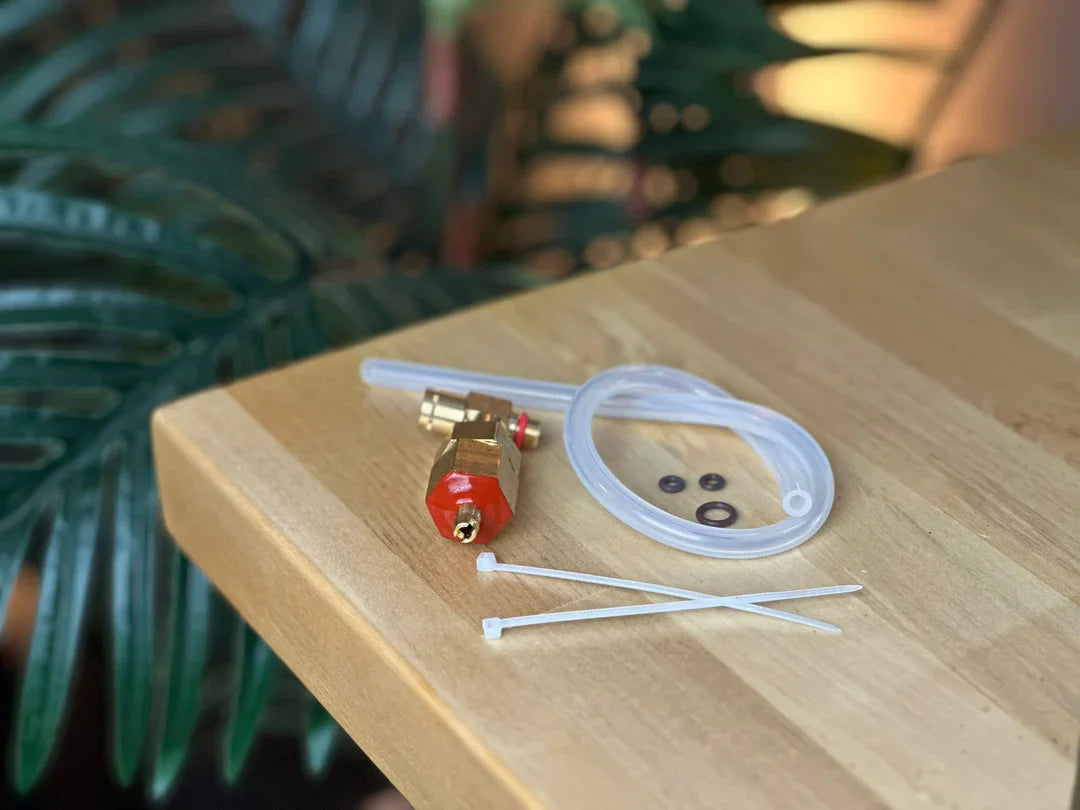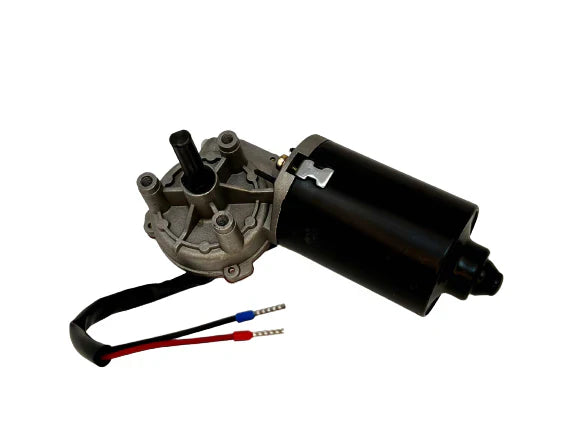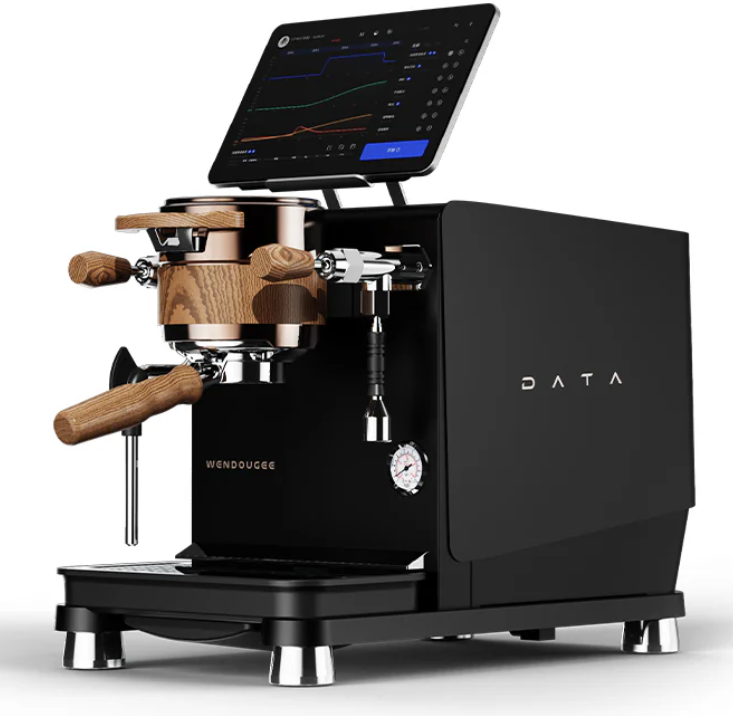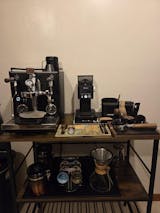Understanding Limescale in Espresso Machines: Causes, Prevention, and Optimal Water Hardness
Limescale is a common issue in espresso machines, resulting from the precipitation of dissolved minerals, particularly calcium and magnesium, as water is heated. Over time, limescale buildup can cause a variety of problems in espresso machines, including decreased efficiency, blocked pipes, reduced temperature stability, and even costly damage to components like the boiler, heating elements, and group heads. The prevention of limescale is critical to the proper function of espresso machines and the quality of the coffee they produce. This article explores the scientific reasons for limescale formation and explains why maintaining an optimal water hardness of 50 ppm is ideal for minimizing buildup and reducing the need for descaling.
1. What is Limescale?
Limescale is a solid deposit that forms when water with high levels of calcium carbonate (CaCO₃) or magnesium carbonate (MgCO₃) is heated. The process of heating water reduces its ability to hold dissolved minerals in solution, leading to the precipitation of calcium and magnesium salts, which then adhere to surfaces within the espresso machine. The deposits are typically white or off-white and are insoluble in water, meaning they accumulate over time.
Chemical Formation of Limescale
Limescale forms through the following reactions when hard water (rich in calcium and magnesium) is heated:
In this reaction, dissolved calcium ions () combine with bicarbonate ions () in water, forming solid calcium carbonate (CaCO₃). The precipitation of calcium carbonate is accelerated by heat, which is why limescale forms most rapidly in the hot components of espresso machines, such as boilers, heat exchangers, and steam wands.
Magnesium ions () follow a similar reaction path, contributing to the buildup of magnesium carbonate.
2. Impact of Limescale on Espresso Machines
Limescale buildup can have several detrimental effects on espresso machines, including:
- Reduced Thermal Efficiency: Limescale acts as an insulator, reducing the efficiency of heating elements and causing the machine to use more energy to maintain optimal brewing temperatures. This can lead to inconsistent brew temperatures and negatively impact the extraction process.
- Clogged Pipes and Valves: The solid deposits can accumulate in the water lines and valves, reducing water flow and causing blockages. This leads to inconsistent water pressure, which affects espresso extraction.
- Decreased Steam Power: Limescale can also form in the steam boiler, reducing steam pressure and efficiency for milk frothing and steaming.
- Increased Wear and Tear: Over time, limescale buildup can lead to more frequent breakdowns and the need for costly repairs, including the replacement of heating elements, boilers, and seals.
3. Factors Affecting Limescale Formation
Several factors influence the rate of limescale formation, including:
- Water Hardness: The concentration of dissolved calcium and magnesium in water is referred to as its hardness. Higher hardness levels result in more rapid limescale buildup.
- Temperature: Limescale forms more quickly at higher temperatures, as the solubility of calcium and magnesium carbonates decreases with heat.
- Water Flow Rate: In areas of low water flow, such as inside boilers or water heaters, limescale tends to accumulate more rapidly because the minerals have more time to precipitate out of the water.
4. Water Hardness and Its Role in Limescale Formation
Water hardness is measured in parts per million (ppm) or grains per gallon (gpg) and refers to the amount of calcium and magnesium dissolved in water. Hard water typically has a TDS (Total Dissolved Solids) level of over 120 ppm, while water with low mineral content is considered soft.
Types of Water Hardness
- Temporary Hardness: This is caused by bicarbonate minerals (calcium and magnesium bicarbonates), which precipitate out of solution when water is heated, forming limescale. Temporary hardness is the primary contributor to limescale in espresso machines.
- Permanent Hardness: Caused by non-bicarbonate salts (calcium sulfate or magnesium sulfate) that do not precipitate when water is heated and are more stable in solution.
Both types contribute to hardness, but temporary hardness plays a greater role in limescale formation in espresso machines.
5. Ideal Water Hardness for Espresso Machines: 50 ppm
Maintaining an ideal water hardness of around 50 ppm (3 gpg) is crucial for minimizing limescale buildup while still providing enough minerals for optimal coffee extraction.
Why 50 ppm is Ideal
- Minimizing Limescale Formation: Water with a hardness of 50 ppm has a low enough concentration of dissolved minerals to prevent excessive precipitation of calcium and magnesium at typical brewing temperatures (195-205°F or 90-96°C). This reduces the risk of scale forming on heating elements and inside the boiler, lowering the need for frequent descaling.
- Optimal Extraction: Coffee brewing requires some dissolved minerals to extract the flavor compounds from the coffee grounds. Completely demineralized water (with 0 ppm hardness) results in under-extraction, leading to a flat, unbalanced flavor profile. Water with 50 ppm hardness strikes the right balance by providing enough calcium and magnesium to enhance extraction without causing over-extraction or bitterness.
- Stable pH: Water with low hardness (around 50 ppm) tends to have a stable pH, reducing the risk of corrosion inside the espresso machine.
Water Too Hard
Water with a hardness above 100 ppm leads to rapid limescale formation, particularly in regions with high mineral content. In such cases, espresso machine components need more frequent descaling, and limescale can cause permanent damage over time.
Water Too Soft
Water with a hardness below 30 ppm may not have enough dissolved minerals to achieve optimal flavor extraction. While this prevents scale, it often results in under-extraction of coffee, leading to sour, thin, and unbalanced espresso.
6. Preventing Limescale Buildup in Espresso Machines
To maintain an espresso machine in optimal condition and reduce the need for descaling, it is essential to manage the hardness of the water used in brewing.
Ways to Control Water Hardness
-
Water Filtration and Softening: Install a water softener or filtration system to remove excess calcium and magnesium from the water supply. There are several types of filtration methods:
- Ion Exchange: Softens water by replacing calcium and magnesium ions with sodium or potassium ions, effectively reducing hardness.
- Reverse Osmosis (RO): Removes nearly all dissolved minerals from water. However, it is often necessary to re-mineralize RO water to reach the ideal hardness for coffee extraction.
-
Bottled Water: In regions with particularly hard water, using bottled water with a hardness level close to 50 ppm can prevent limescale formation. Brands like Volvic or Third Wave Water are commonly recommended for espresso machines due to their balanced mineral content.
-
Blending Distilled Water: Blending distilled or demineralized water with tap water allows you to adjust the mineral content to the ideal level of 50 ppm. For example, a mix of 75% distilled water with 25% tap water in hard-water areas can help achieve the correct hardness.
Regular Descaling
Even with ideal water hardness, regular descaling of the espresso machine is essential. Descaling helps dissolve any small amounts of limescale that may still form over time. Most manufacturers recommend descaling every 3 to 6 months, depending on the hardness of the water and the frequency of use.
7. Scientific Support for Ideal Water Hardness Levels
Several sources support the conclusion that 50 ppm is the optimal water hardness for espresso machines:
- The Specialty Coffee Association (SCA) recommends water hardness levels between 50–70 ppm for optimal brewing and machine longevity .
- Espresso machine manufacturers such as La Marzocco and Rocket Espresso specify water hardness recommendations of around 50 ppm in their maintenance guides .
- Studies on water chemistry and espresso extraction highlight the balance between avoiding over-extraction with too many dissolved solids and under-extraction with too few minerals .
Conclusion
Limescale is a significant issue in espresso machines, leading to performance degradation and damage over time. Water hardness is the primary factor influencing limescale formation, and keeping water hardness around 50 ppm is the best strategy for preventing buildup while maintaining good extraction quality. By managing water hardness through filtration, softening, or using bottled water with the right mineral content, espresso machine owners can reduce the frequency of descaling and prolong the life of their machines, ensuring a consistent and high-quality coffee experience.


